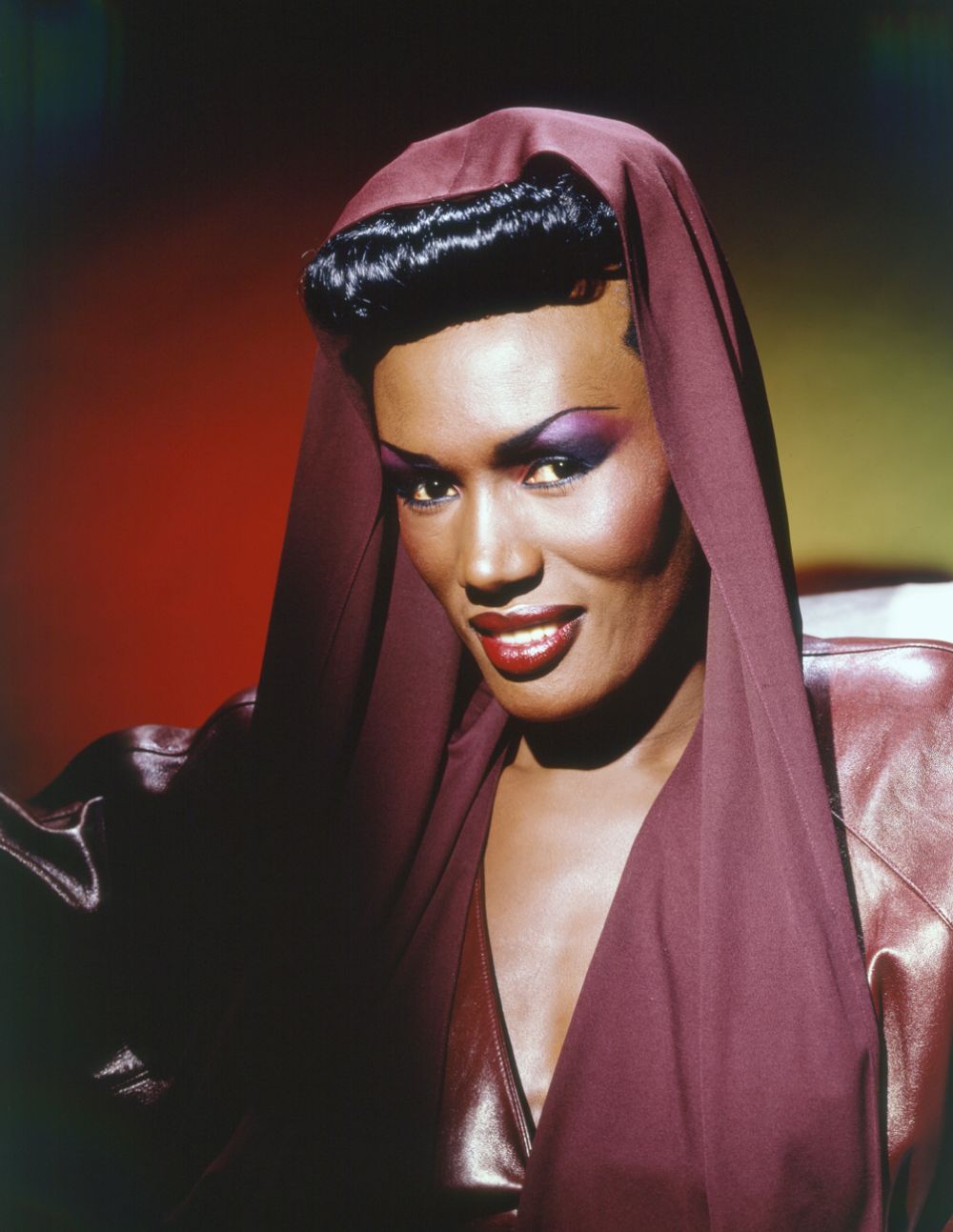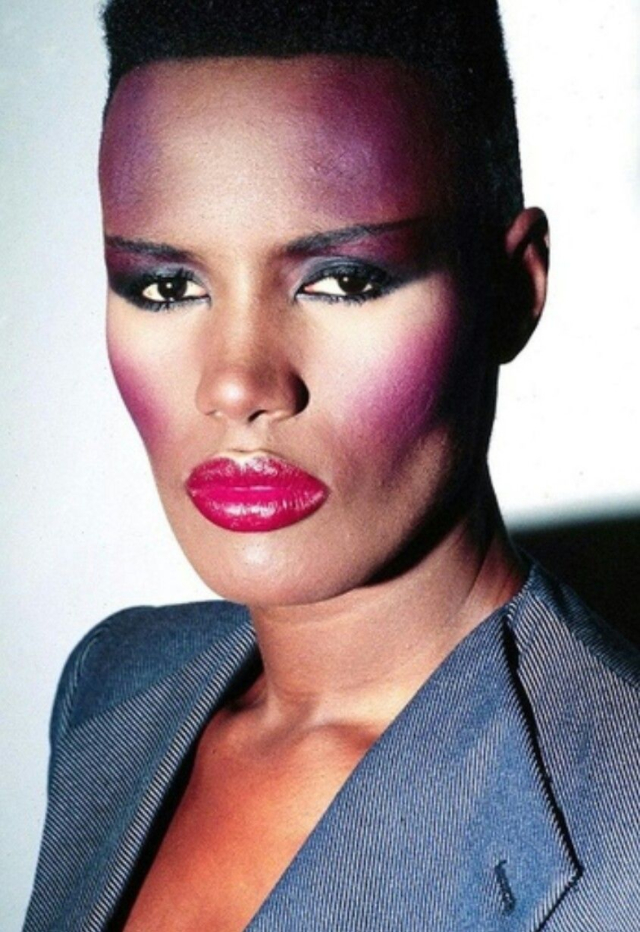Grace Jones emerged as a mesmerizing figure in the 1980s, captivating audiences with her unique blend of music, fashion, and film. Her presence was larger than life, and she became a defining icon of the decade. With her striking androgynous style, powerful performances, and fearless attitude, Jones pushed boundaries and challenged societal norms, making her a symbol of artistic freedom.
Throughout the 1980s, Grace Jones was not just a musical artist; she was a cultural phenomenon. Her influence extended beyond the music charts, as she made waves in the fashion industry and starred in several notable films. With her distinctive voice and innovative sound, she produced chart-topping hits that resonated with fans worldwide, securing her place in pop culture history.
As we dive deeper into the world of Grace Jones in the 1980s, we explore her journey from the early days of her career to becoming a trailblazer in the entertainment industry. This article will uncover her biography, personal details, and the impact she had on music, fashion, and film during this vibrant decade.
What is Grace Jones's Biography?
Grace Jones was born on May 19, 1948, in Spanish Town, Jamaica. She was raised in a strict religious household and later moved to New York City in the late 1960s to pursue a career in modeling. Her striking features and unique sense of style quickly caught the attention of the fashion world, leading to her first major gig as a model for top designers.
In the 1970s, Grace transitioned into music, releasing her debut album "Portfolio" in 1977. However, it was during the 1980s that she truly found her voice, both literally and artistically. Her albums, such as "Nightclubbing" (1981) and "Living My Life" (1982), showcased her eclectic sound, blending disco, reggae, and new wave influences.
| Personal Details | Bio Data |
|---|---|
| Full Name | Grace Beverly Jones |
| Date of Birth | May 19, 1948 |
| Place of Birth | Spanish Town, Jamaica |
| Profession | Model, Singer, Actress |
| Genres | New Wave, Disco, Reggae |
| Years Active | 1977 - Present |
How Did Grace Jones Influence Music in the 1980s?
Grace Jones's music in the 1980s was characterized by its innovative sound and genre-blending style. She became a pioneer of the new wave movement, incorporating elements of reggae, funk, and disco into her tracks. Her bold and experimental approach to music set her apart from her contemporaries, making her a defining figure of the decade.
Some of her most notable hits included "Pull Up to the Bumper," "Slave to the Rhythm," and "I've Seen That Face Before (Libertango)." These songs showcased her unique vocal style and dynamic stage presence, earning her a dedicated fan base and critical acclaim. Grace's willingness to explore different musical avenues and collaborate with various artists solidified her status as an influential figure in the music world.
What Role Did Grace Jones Play in Fashion During the 1980s?
Grace Jones was not only a musical icon but also a fashion trendsetter. Her distinctive style, characterized by bold silhouettes, dramatic makeup, and androgynous looks, challenged traditional notions of femininity in the fashion industry. She became known for her collaborations with iconic designers such as Jean-Paul Gaultier, who created striking outfits that emphasized her unique persona.
Her influence on fashion went beyond her personal style; she inspired a generation of designers and artists. Grace's presence on the runway and in music videos set trends that resonated with the youth of the 1980s. She embodied the spirit of individuality and self-expression, encouraging others to embrace their unique identities.
What Films Did Grace Jones Star in During the 1980s?
In addition to her musical achievements, Grace Jones also made her mark in the film industry during the 1980s. She starred in several notable movies, showcasing her versatility as an actress. One of her most significant roles was in the 1985 film "A View to a Kill," where she played May Day, a formidable villain opposite Roger Moore's James Bond.
Another notable film was "Vamp," released in 1986, where she portrayed a seductive and mysterious character. Her performances were often praised for their intensity and charisma, further establishing her as a multi-talented entertainer. Grace Jones's impact on film added another layer to her already remarkable career, making her a truly iconic figure of the 1980s.
How Did Grace Jones Challenge Gender Norms in the 1980s?
Grace Jones was a trailblazer in challenging gender norms during the 1980s. Her androgynous appearance and powerful stage presence defied traditional gender roles, inspiring countless individuals to embrace their authentic selves. By adopting a bold and fearless persona, she encouraged others to break free from societal expectations.
Grace's refusal to conform to conventional beauty standards and her unabashed self-expression made her a role model for the LGBTQ+ community and beyond. She used her platform to advocate for individuality and artistic freedom, leaving a lasting legacy that continues to resonate today.
The impact of Grace Jones in the 1980s extends far beyond her music and film career. She became a cultural icon, representing empowerment, diversity, and self-expression. Her fearless attitude and willingness to embrace her uniqueness inspired a generation of artists across various fields.
Today, Grace Jones is celebrated not only for her contributions to music and film but also for her influence on fashion, gender norms, and identity. Her legacy lives on, as she continues to inspire new generations of artists and fans, reminding us of the importance of authenticity and self-acceptance.
How Can We Celebrate Grace Jones's Impact on the 1980s Today?
To celebrate Grace Jones's impact on the 1980s, we can explore her music, films, and fashion. Hosting themed parties or events that pay homage to her iconic style and sound is one way to honor her legacy. Additionally, engaging with her work through social media and sharing her influence on art and culture can keep her spirit alive.
Moreover, supporting artists who embody the same fearless spirit and creativity that Grace Jones represents can help continue her legacy. By embracing diversity and individuality in our own lives, we can ensure that the impact of Grace Jones in the 1980s remains a vibrant part of our cultural narrative.
Unraveling The Stana Katic And Nathan Fillion Relationship
Unveiling The Life Of Julie Summars: A Journey Through Passion And Perseverance
Eddie From Below Deck's Girlfriend: A Deep Dive Into Their Relationship


